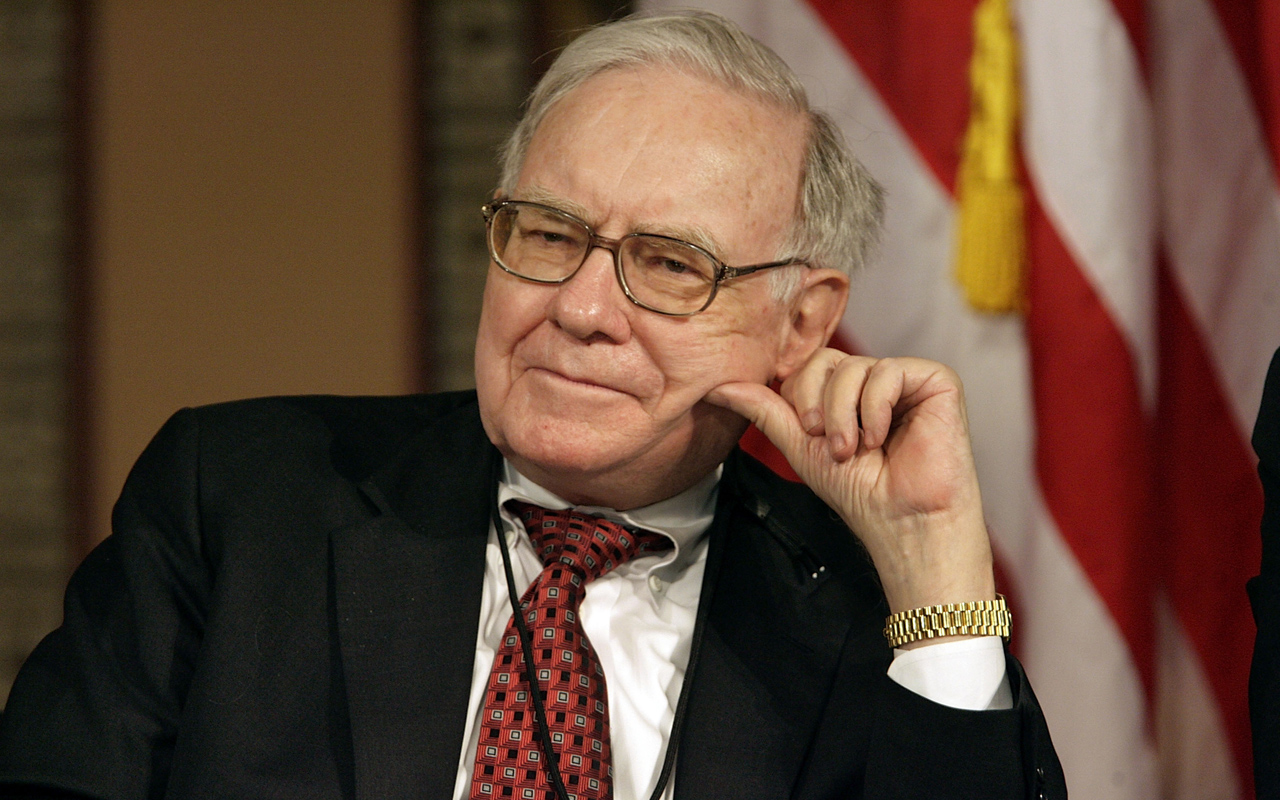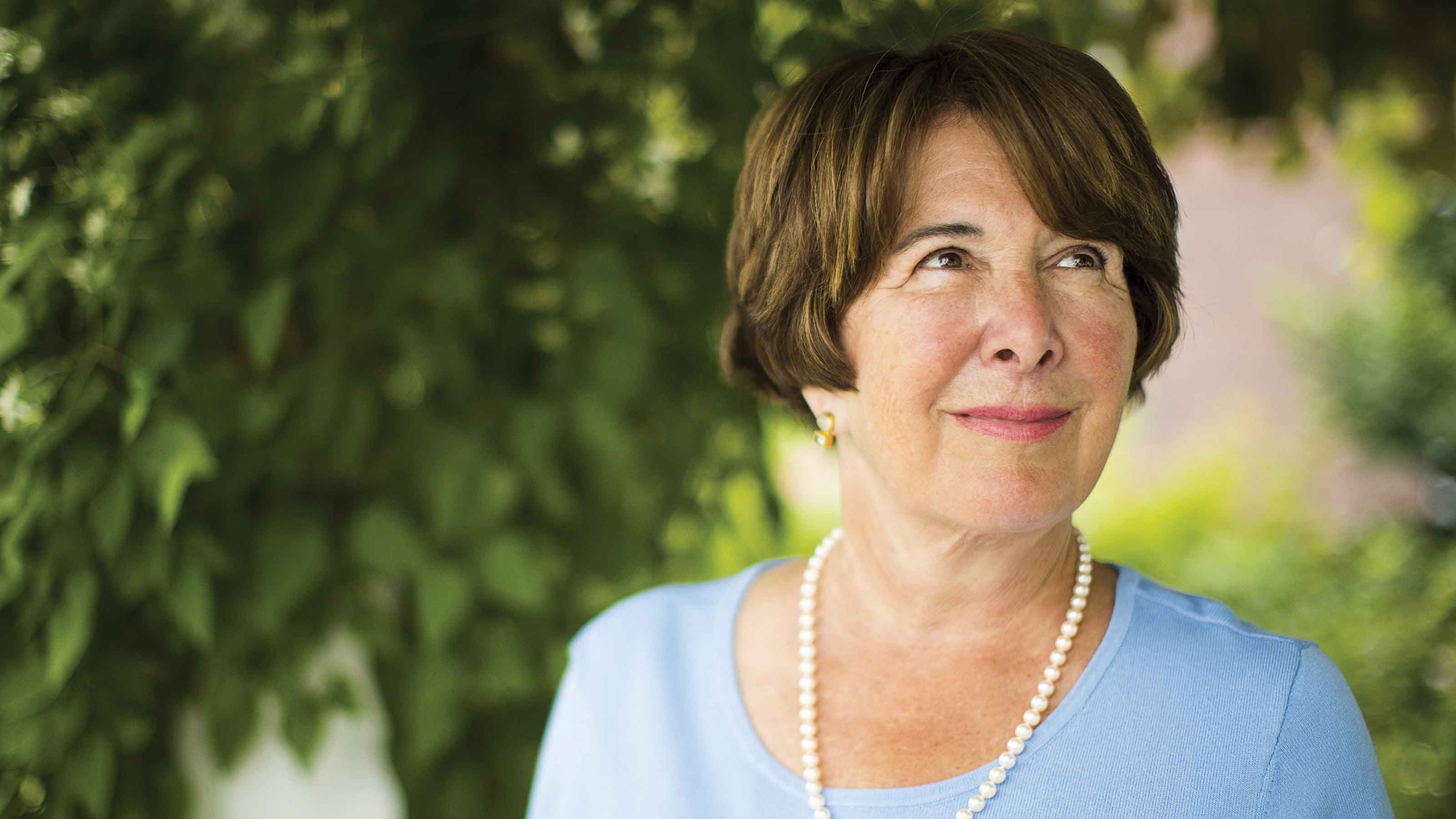Funds for All Seasons
A few funds have managed to outpace their benchmarks in both rallies and selloffs.

One smart way to judge a fund is to measure how it performs in both bull and bear markets. If a fund is fortunate, it will beat its benchmark in one market or the other; most funds don't achieve either feat. But a few have managed to outpace their benchmarks in both rallies and selloffs.
No two bear or bull markets are alike. But funds that have succeeded inboth environments stand a better chance than most of exploiting a bull's charge and limiting a bear's bite in the future. To identify such funds, I measured performance against market ups and downs during the past ten years. I tested only no-load funds that invest at least 95% of their assets in stocks. That restriction makes it likely that stock selection -- rather than a big position in cash or bonds -- aided results during the past decade's two bear markets. I've grouped the best of these funds into three categories: bear-market beauties, rally champs and the best of both worlds.
Bear-market beauties. Leading this pack is CGM Focus (symbol CGMFX), which lost only half as much as Standard & Poor's 500-stock index during the 2000-02 and 2007-09 bear markets. Focus shined in the decade's first bear market, during which it gained 76%, clobbering the index by 123 percentage points. During the more recent bear market, Focus fell 58%, losing three points more than the index. Over the past ten years through May 7, the fund returned 17% annualized.
From just $107.88 $24.99 for Kiplinger Personal Finance
Become a smarter, better informed investor. Subscribe from just $107.88 $24.99, plus get up to 4 Special Issues

Sign up for Kiplinger’s Free Newsletters
Profit and prosper with the best of expert advice on investing, taxes, retirement, personal finance and more - straight to your e-mail.
Profit and prosper with the best of expert advice - straight to your e-mail.
Manager Ken Heebner's willingness to sell stocks short played a big part in the fund's early success. More recently, he shorted Countrywide Financial and Washington Mutual, suggesting that he was ahead of the curve in anticipating the mortgage bust. But those moves weren't enough to overcome the losers in his concentrated portfolio. Focus is risky, but I think there's a good chance the fund will do better than most in the next bear market. (Kiplinger's recently dropped Focus from its recommended list; see Our 25 Favorite Funds.)
Other bear-market beauties: Neuberger Berman Genesis (NBGNX; ten-year annualized return, 10%), Century Small Cap Select (CSMVX; 8%) and Homestead Small Company Stock (HSCSX; 10%). During the bear markets, each of these lost only about 65% as much as the relevant index lost. The funds earned their spots by picking high-quality stocks selling at low prices.
Rally champs. Among funds that made the most of rallies while still losing less than their benchmarks in selloffs, American Beacon Small Cap Value (AVPAX; 11%) leads the way. The fund achieved 148% of its benchmark's gains during advances and participated in only 90% of the losses during extended declines. Also on the list: TCW Value Opportunities (TGVOX; 7%), Meridian Growth (MERDX; 8%) and Baron Growth (BGRFX; 6%).
Although American Beacon compiled the best record during the 2000s, it benefited from being a purely small-company value fund during a decade in which that style performed well. I'm not sure the fund will be as successful in the next ten years. The other three funds favor more growth-oriented stocks.
Best of both? Again, CGM Focus tops the list. Not only did it suffer just half the S&P 500's losses, it booked 129% of its gains. American Beacon Small Cap Value was next, followed by Neuberger Berman Genesis, Homestead Small Company Stock and Century Small Cap Select.
Each fund did well in a variety of markets by capitalizing on strong stock selection. But I wouldn't call this a group of sleep-tight funds. If you prefer a smoother ride, consider a fund that can invest in a variety of asset classes, including bonds and cash. But investors who are willing to bide their time should consider the market beaters I've listed here. They have done a remarkable job over the past ten years, and they figure to reward patient investors over the next decade as well.
Columnist Russel Kinnel is director of mutual fund research for Morningstar and editor of its monthly FundInvestor newsletter.
Profit and prosper with the best of Kiplinger's advice on investing, taxes, retirement, personal finance and much more. Delivered daily. Enter your email in the box and click Sign Me Up.

-
 Stocks Chop as the Unemployment Rate Jumps: Stock Market Today
Stocks Chop as the Unemployment Rate Jumps: Stock Market TodayNovember job growth was stronger than expected, but sharp losses in October and a rising unemployment rate are worrying market participants.
-
 Should You Renew Your CD?
Should You Renew Your CD?With rate cuts impacting earnings, we examine if now is a wise time to renew CDs.
-
 7 Ways to Plan Now to Save on Medicare IRMAA Surcharges Later
7 Ways to Plan Now to Save on Medicare IRMAA Surcharges LaterUnderstand the critical two-year lookback period and why aggressive planning before you enroll in Medicare is the most effective way to minimize IRMAA.
-
 How I'm Going to Invest My Mega Millions Lottery Jackpot
How I'm Going to Invest My Mega Millions Lottery JackpotThe odds of winning the Mega Millions lottery are effectively zero, but here's how I'm investing my fortune should I hit the jackpot.
-
 Four Random Facts and Thoughts About Warren Buffett
Four Random Facts and Thoughts About Warren BuffettIf I love Warren Buffett so much why don't I just marry him?
-
 Investing in Gold Is Dumb
Investing in Gold Is DumbStocks are better than gold for both generating wealth and offering protection against inflation.
-
 What's So Scary About a Mega-Cap Tech Bull Market?
What's So Scary About a Mega-Cap Tech Bull Market?Bears say the market can't keep rallying when only five mega-cap tech stocks are driving returns, but history suggests otherwise.
-
 We Are Not in a Bull Market
We Are Not in a Bull MarketIt takes more than a 20% gain off the low to proclaim the beginning of a new bull market.
-
 Why I Don't Buy Stocks
Why I Don't Buy StocksIt's nearly impossible to beat the market – but it is cheap and easy to match it.
-
 Amy Domini on the Secrets of Sustainable Investing
Amy Domini on the Secrets of Sustainable InvestingESG An ESG pioneer says finding good corporate citizens is the best way to make money.
-
 Bitcoin Halving: What Does It Mean for Investors?
Bitcoin Halving: What Does It Mean for Investors?Technology 'Mining' for this cryptocurrency just became a lot more expensive